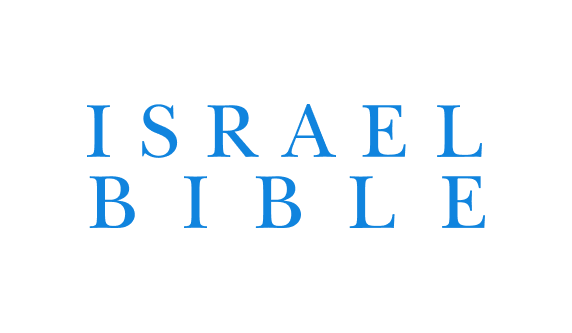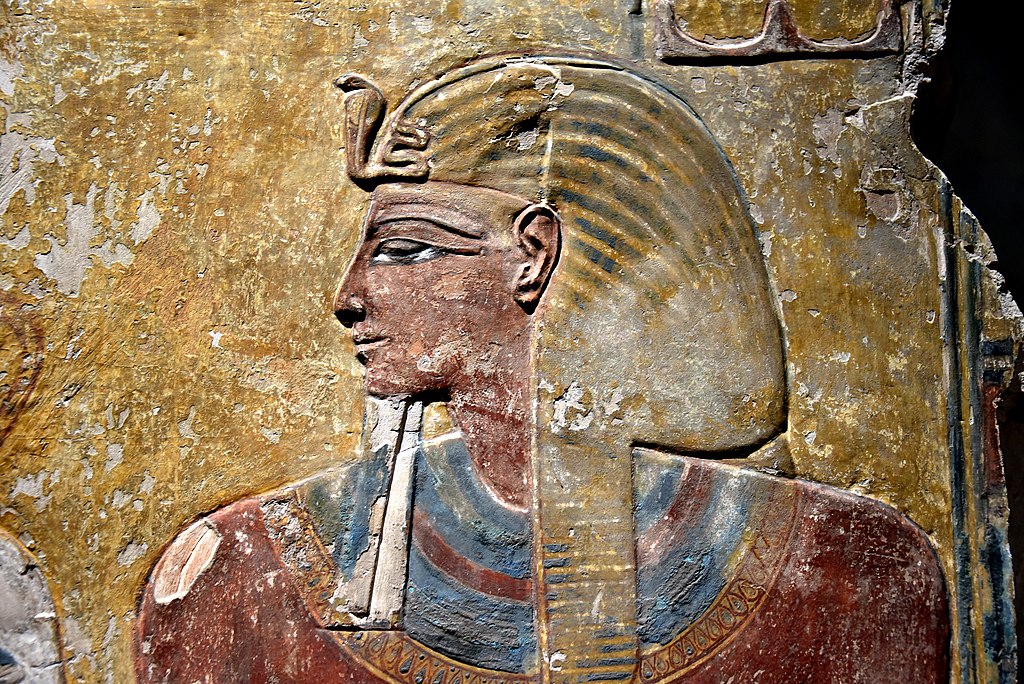When God called on Moses to go to Egypt and liberate the Children of Israel, Moses worried that they wouldn’t believe it was God who had sent him. To help convince them, God provided Moses with three miraculous signs (Exodus 4:1-9).
The three signs were:
- Moses would throw his staff on the ground. The staff would turn into a snake. When Moses grasped the tail of the snake, it would then turn back into a staff.
- Moses would put his hand into his bosom. His hand would thus become “leprous like snow.” When he would then put his hand back into his bosom, his hand would return to normal.
- Moses would take water from the Nile and pour it on the ground. The water would turn to blood on the ground.
What is the meaning of these three signs? The commentaries offer numerous explanations, all of which explain their symbolism either to the Children of Israel or to Moses himself.
But a few verses later, God told Moses to perform these same three signs before Pharaoh.
The Lord said to Moses, “When you return to Egypt, see that you perform before Pharaoh all the wonders I have given you the power to do. But I will harden his heart so that he will not let the people go. – Exodus 4:21
As mentioned above, the classic explanations of these signs deal with their meaning either for Moses himself or for the People of Israel. If these very same signs were also to be performed before Pharaoh, what did they mean to Pharaoh and the Egyptians? If they had no specific meaning or message for Pharaoh, God should have given Moses alternative signs to perform before Pharaoh. Surely, God has no shortage of signs!
An additional question about these three signs relates to their “rehearsal” at the burning bush. In the passage in Exodus 4 when God gave Moses the signs, He told Moses to demonstrate the first two signs right then and there, which Moses did. But He did not tell Moses to demonstrate the third sign, turning water into blood. Why did God make Moses practice the first two signs but not the third?
To understand the significance of these three signs for Pharaoh and his Egyptian advisers, we should look at what they might have meant in the context of the Egyptian culture and beliefs of that time. The message of the signs would only be impactful if Pharaoh could easily comprehend it.
The Power of a Staff-Snake
The first sign was turning Moses’ – or Aaron’s – staff into a snake and then back into a staff. Snakes symbolized magic and protection in Egypt. More specific to Moses’ sign, it was common for Egyptian gods to be depicted holding snake-wands. For example, a statuette found by archaeologists in the Ramasseum in Egypt depicts a female sau, a type of sorceress, who could provide magical protection. This statuette holds a snake-wand in each hand.
Perhaps Aaron’s staff turning into a snake served to mock the powers of Egyptian sorcery. This point is emphasized when Aaron’s staff devoured the staff-snakes of the magicians of Egypt (Exodus 7:12). By performing this sign before Pharaoh, Moses was in effect saying, “I do not believe in your gods and yet, not only is my staff a snake and vice versa, but my staff-snake can even devour yours. What of your protective and magical powers now?” With this sign, Moses and Aaron demonstrated that the power of God was greater than the power of Egyptian sorcery.
The Meaning of Leprosy
According to Sir James Frazer, author of the classic on ancient pagan religion The Golden Bough, Egyptians believed that leprosy afflicted sinners, in particular those who sinned by eating the flesh of a sacred animal (Golden Bough Ch. 49 section 4). Amazingly, it is precisely this ‘sin’ that Moses told Pharaoh the Israelites were going to commit by bringing animal offerings to God in the desert, as Moses made clear after the third plague:
Pharaoh summoned Moses and Aaron and said, ‘Go! Bring offerings to your God in the land.’ Moses said, ‘It is not proper to do so, for we will offer the deity of Egypt to Hashem our God. Behold, if we were to slaughter the deity of Egypt in their sight, will they not stone us?'(Exodus 8:21-22)
Seen this way, the second sign, like the first, was a mockery of Ancient Egyptian beliefs. Moses again said, “It is our God, and not the offended Egyptian deities, who determines who does and does not have leprosy. Who is and who is not considered a sinner is in the hands of the God of Israel alone.”
The Nile
It is common knowledge that the Nile was worshiped as a god by the Egyptians. The Nile was seen as the giver and sustainer of all life. This was a natural pagan result of Egypt’s dependence on the rising tides of the Nile for economic well-being.
Moses’s third sign – turning water into blood – was not about just any water. God specifically told Moses to “take some water from the river” (4:9) and turn it into blood. “The river” obviously refers to the Nile. This explains why God did not tell Moses to rehearse the sign while standing at the burning bush – somewhere in the Sinai peninsula. The point of the sign was not to turn water into blood, but to turn the Nile into blood.
Like the first two signs, the third is a direct affront to Pharaoh’s Egyptian pagan beliefs. Especially since the Egyptians saw Pharaoh himself as the human embodiment of the creator and protector of the Nile.
The Beginning of the Plagues
It is clear from several verses in the Bible that the primary purpose of the Ten Plagues was not the salvation of the People of Israel from Egypt. That could have been accomplished without all of the plagues. The purpose of the plagues was the refutation of the gods of Egypt in the eyes of the Egyptians.
“I shall harden Pharaoh’s heart and I shall multiply My signs and My wonders in the land of Egypt. Pharaoh will not heed you, and I shall put My hand upon Egypt. And Egypt shall know that I am God, when I stretch out My hand over Egypt.” (Exodus 7:3-5)
As we now understand, the repudiation of the gods of Egypt – the “signs” and “wonders” in this verse – began with the three signs given to Moses at the burning bush.
Rabbi Pesach Wolicki serves as Executive Director of Ohr Torah Stone’s Center for Jewish-Christian Understanding and Cooperation, and he is cohost of the Shoulder to Shoulder podcast






